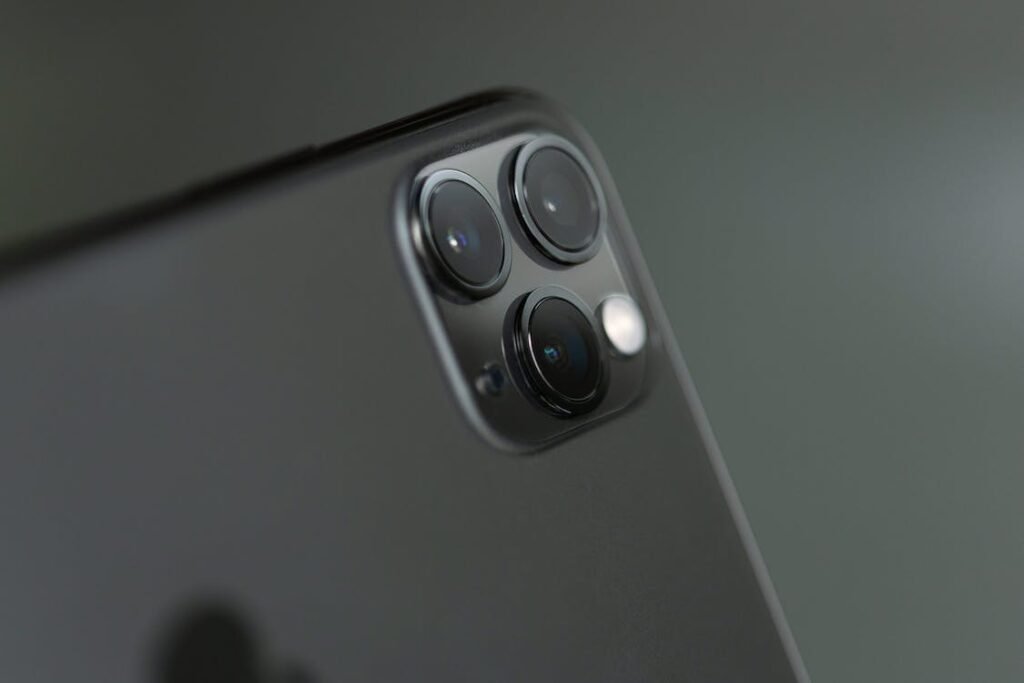The iPhone has been a defining product for Apple as well as the whole smartphone market. Since its release in 2007, it has constantly raised the bar for mobile phone design, functionality, and innovation. The iPhone is not without flaws, though, as with every product.
The iPhone has long been acclaimed for its elegant and high-end appearance, with an emphasis on simplicity and usability. The most recent models come equipped with Face ID, edge-to-edge displays, and hardy components like stainless steel and ceramic glass. However, some detractors contend that the iPhone lacks genuinely distinctive characteristics that make it stand out and that its appearance has become too uniform across iterations.
The iPhone has a number of advanced technologies and software features that are unmatched by the majority of competing cell phones. The iOS operating system of the corporation is renowned for its reliability, security, and user-friendly design. The iPhone’s cameras are frequently regarded as among the best in the business. However, some people consider the iPhone’s high price and few expansion choices to be disadvantaging.
With powerful and dependable performance, quick and responsive interfaces, top-notch graphics, and long battery life, the iPhone routinely outperforms other smartphones in this regard. The A-series processors in the iPhone have regularly ranked among the most potent in the smartphone market, and the company’s software enhancements guarantee lag-free operation even with demanding applications. However, some users have complained about performance deteriorating with time, and the non-removable battery of the iPhone has been cited as a potential drawback.
The iPhone is frequently regarded as a premium product with premium pricing when it comes to value for money. Many customers have criticized its high price because they believe they are paying more for Apple’s brand than for any technological advancements. However, the iPhone typically has a better resale value than the majority of other cell phones, making it a longer-term more cost-effective choice.
In conclusion, the iPhone continues to be a key component of the smartphone market, renowned for its svelte style, potent functionality, and dependable performance. Even though the iPhone has some drawbacks, including a high price, few options for expansion, and outdated battery technology, it is still a well-liked and sought-after product for many users.

| Model | Size | Released |
|---|---|---|
| iPhone (1st gen) | 3.5″ | 2007-06-29 |
| iPhone 3G | 3.5″ | 2008-07-11 |
| iPhone 3GS | 3.5″ | 2009-06-19 |
| iPhone 4 (GSM) iPhone 4 (CDMA) | 3.5″ | 2010-06-24 |
| iPhone 4S | 3.5″ | 2011-10-14 |
| iPhone 5 | 4″ | 2012-09-21 |
| iPhone 5C | 4″ | 2013-09-20 |
| iPhone 5S | 4″ | 2013-09-20 |
| iPhone 6 | 4.7″ | 2014-09-19 |
| iPhone 6 Plus | 5.5″ | 2014-09-19 |
| iPhone 6S | 4.7″ | 2015-09-25 |
| iPhone 6S Plus | 5.5″ | 2015-09-25 |
| iPhone SE (1st gen) | 4″ | 2016-03-31 |
| iPhone 7 | 4.7″ | 2016-09-16 |
| iPhone 7 Plus | 5.5″ | 2016-09-16 |
| iPhone 8 | 4.7″ | 2017-09-22 |
| iPhone 8 Plus | 5.5″ | 2017-09-22 |
| iPhone X | 5.85″ | 2017-11-03 |
| iPhone XR | 6.1″ | 2018-10-26 |
| iPhone XS | 5.85″ | 2018-09-21 |
| iPhone XS Max | 6.46″ | 2018-09-21 |
| iPhone 11 | 6.1″ | 2019-09-20 |
| iPhone 11 Pro | 5.85″ | 2019-09-20 |
| iPhone 11 Pro Max | 6.46″ | 2019-09-20 |
| iPhone SE (2nd gen) | 4.7″ | 2020-04-24 |
| iPhone 12 | 6.1″ | 2020-10-23 |
| iPhone 12 mini | 5.4″ | 2020-11-13 |
| iPhone 12 Pro | 6.1″ | 2020-10-23 |
| iPhone 12 Pro Max | 6.7″ | 2020-11-13 |
| iPhone 13 | 6.1″ | 2021-09-24 |
| iPhone 13 mini | 5.4″ | 2021-09-24 |
| iPhone 13 Pro | 6.1″ | 2021-09-24 |
| iPhone 13 Pro Max | 6.7″ | 2021-09-24 |
| iPhone SE (3rd gen) | 4.7″ | 2022-03-18 |
| iPhone 14 | 6.1″ | 2022-09-16 |
| iPhone 14 Plus | 6.7″ | 2022-10-07 |
| iPhone 14 Pro | 6.1″ | 2022-09-16 |
| iPhone 14 Pro Max | 6.7″ | 2022-09-16 |

